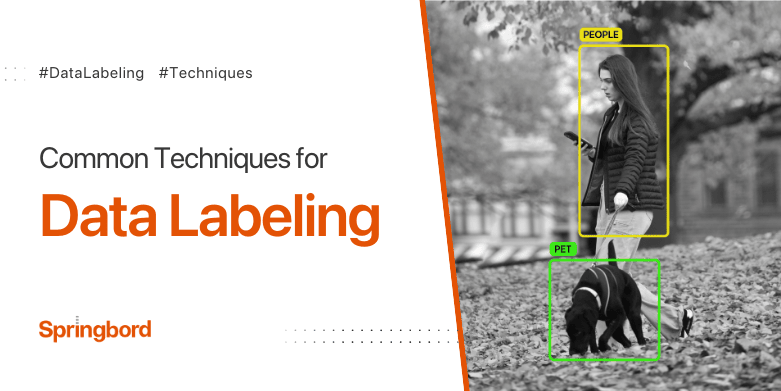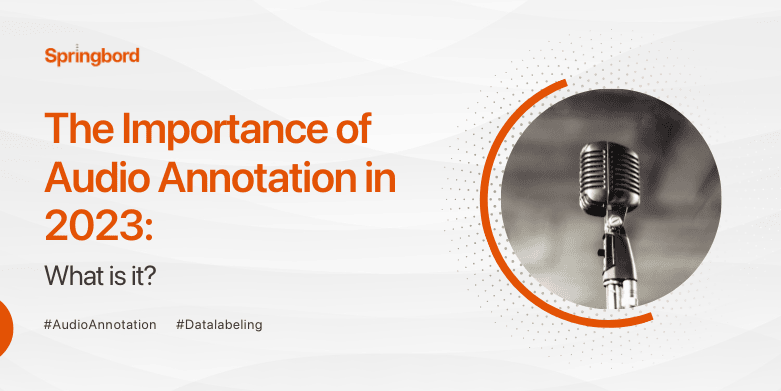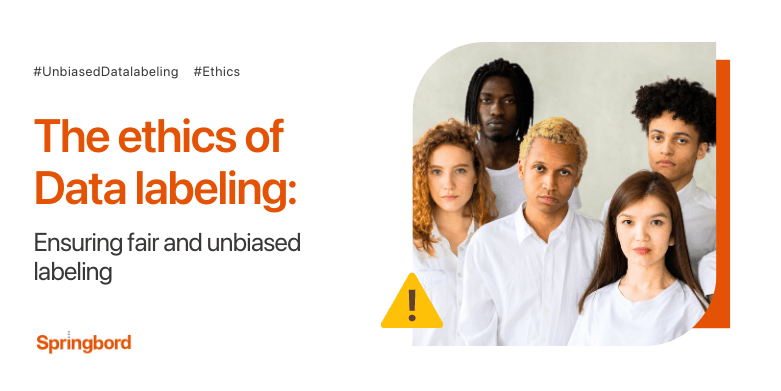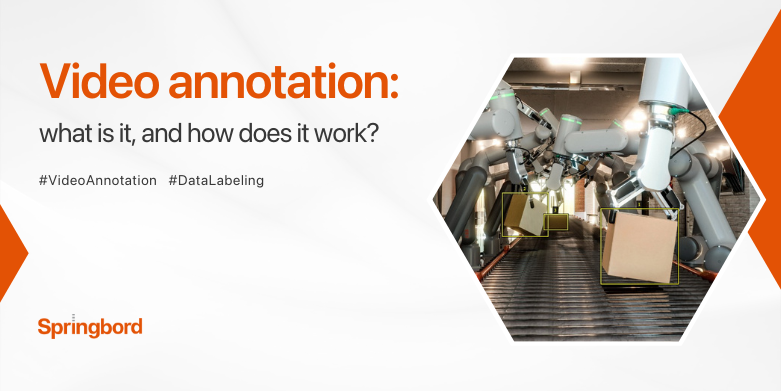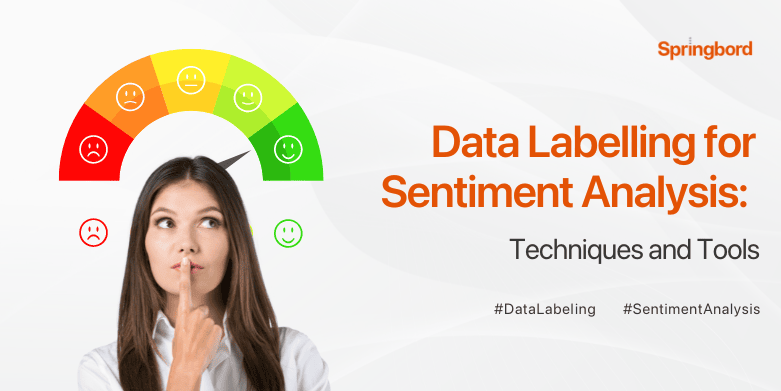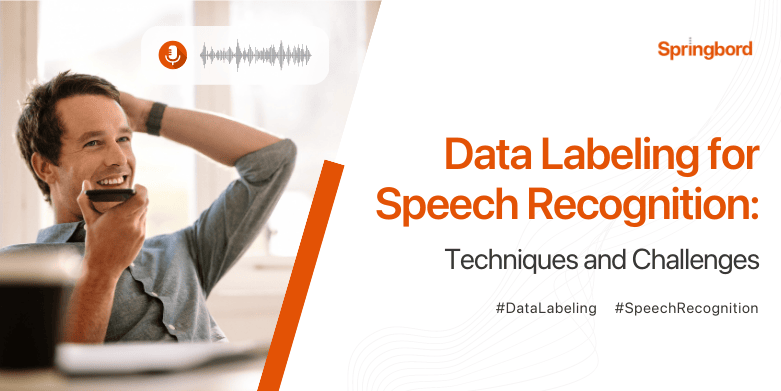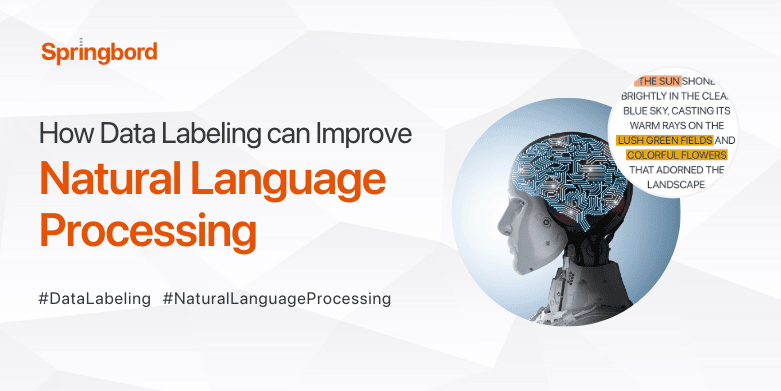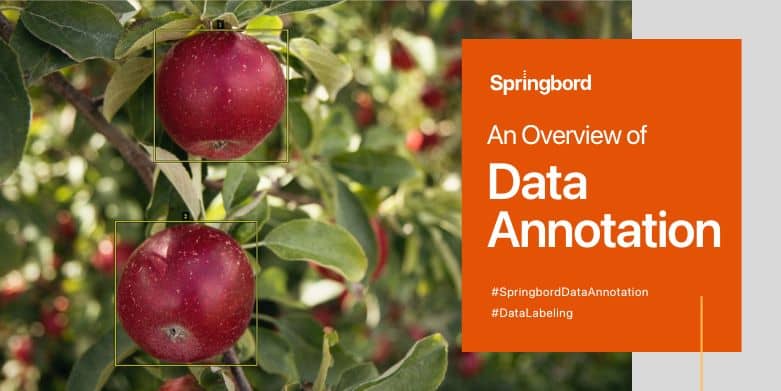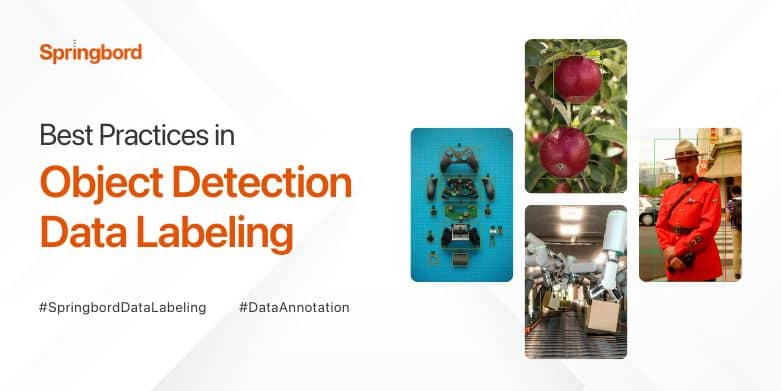M
E
N
U
Introduction: Data labeling, also known as data annotation, is the process of assigning meaningful and accurate labels or tags to raw data. It is a fundamental step in supervised machine learning, where labeled data serves as the basis for training algorithms to make predictions or classifications. Various techniques have emerged to address the challenge of
In today’s data-driven society, the precise annotation of auditory data is essential to the success of numerous industries. Audio annotation, the process of labeling audio recordings with pertinent information, facilitates the development of innovative technologies such as speech recognition, natural language processing, and voice assistants. Selecting the right data labeling service is essential to ensure
Data labeling, a crucial step in preparing datasets for machine learning models, raises significant ethical concerns. The ethics in data labeling consist of assuring fairness, transparency, and impartiality in the annotation procedure. The potential biases introduced by labeling, which can lead to discriminatory outcomes and exacerbate existing social inequalities, have ethical implications. Thus, it is
Video annotation is crucial in various fields, including computer vision and machine learning. Video annotation refers to the process of annotations, or metadata, to video data, enabling machines to accurately comprehend and analyse visual content. Video annotation facilitates the development and training of algorithms and models by providing annotations such as object tracking, activity recognition,
Data labeling for sentiment analysis is essential for gleaning insights from textual data. Sentiment analysis, the process of identifying and categorizing emotions conveyed in a text, has risen to prominence in numerous fields. Accurately labeled data is essential for performing effective sentiment analysis. This article explores the techniques and tools used for data labeling in
Data labeling for speech recognition plays a pivotal role in training accurate and reliable speech recognition systems. Data labeling entails analyzing and categorizing speech data for machine learning algorithms to recognize and transcribe spoken words effectively. In light of the growing demand for speech-enabled technologies, such as virtual assistants and voice-controlled devices, accurate data labeling
Is improving the precision and dependability of your NLP models a priority? Wondering how data labeling can play a crucial role in achieving these goals? Look no further! In this article, we will explore the immense potential of data labeling in improving NLP and why it has become a critical aspect for businesses in the
Accurate and trustworthy data has become essential in today’s data-driven world. Organizations are constantly striving to extract meaningful insights from vast amounts of information to make informed decisions and stay ahead of the competition. Two critical processes that contribute to effective data utilization are data labeling and data annotation. Understanding the differences between these two
Data annotation is a crucial process in the fields of artificial intelligence (AI) and machine learning (ML). It involves labeling data, and adding context and meaning to it, which can be used to train and improve the accuracy of algorithms. Essentially, data annotation is the process of creating training data for AI models to learn
Data labeling is a crucial step in the process of building object detection models. Accurate labeling of training data is essential for the model to learn how to identify and locate objects within an image. However, data labeling can be a challenging task that requires careful consideration and attention to detail. In this blog post,


